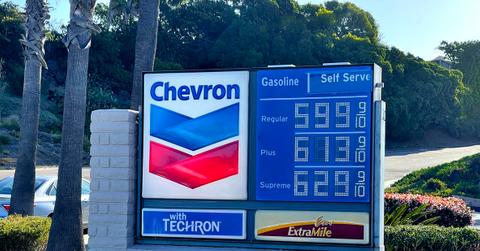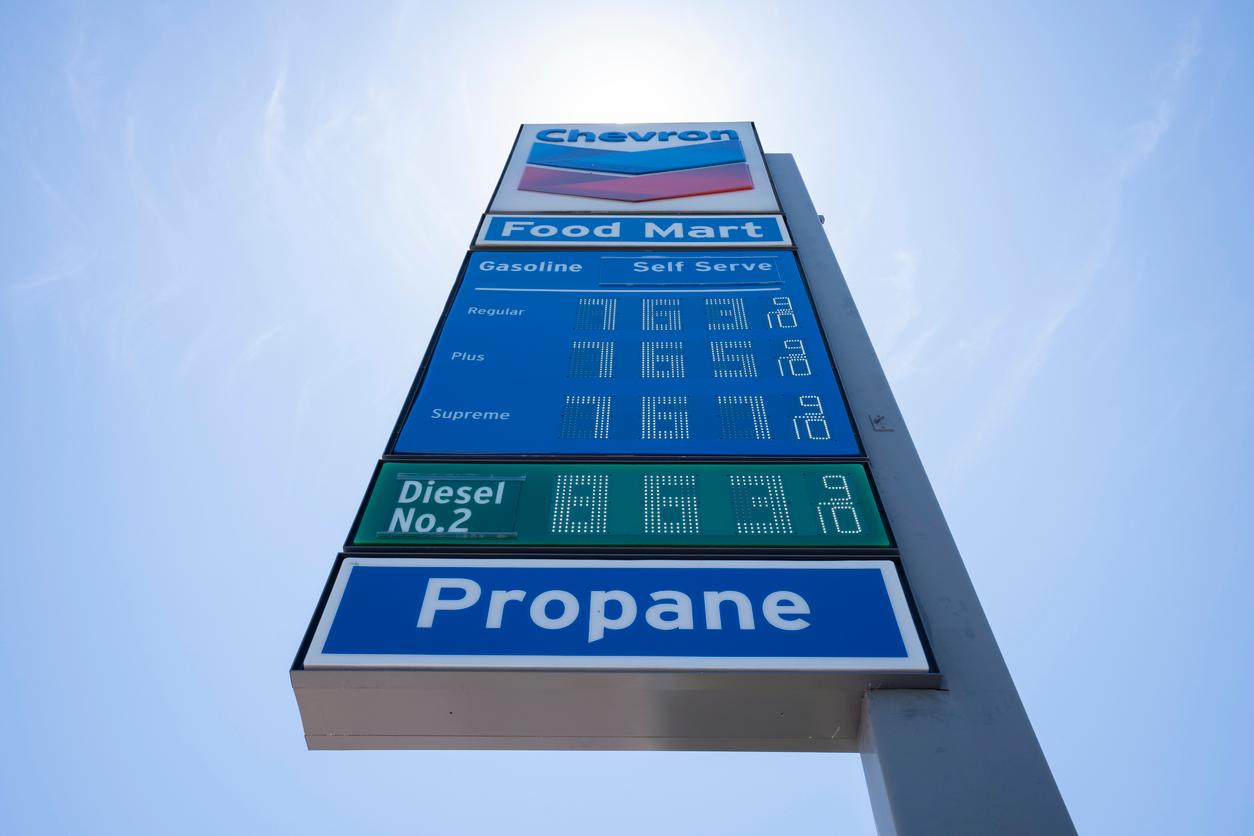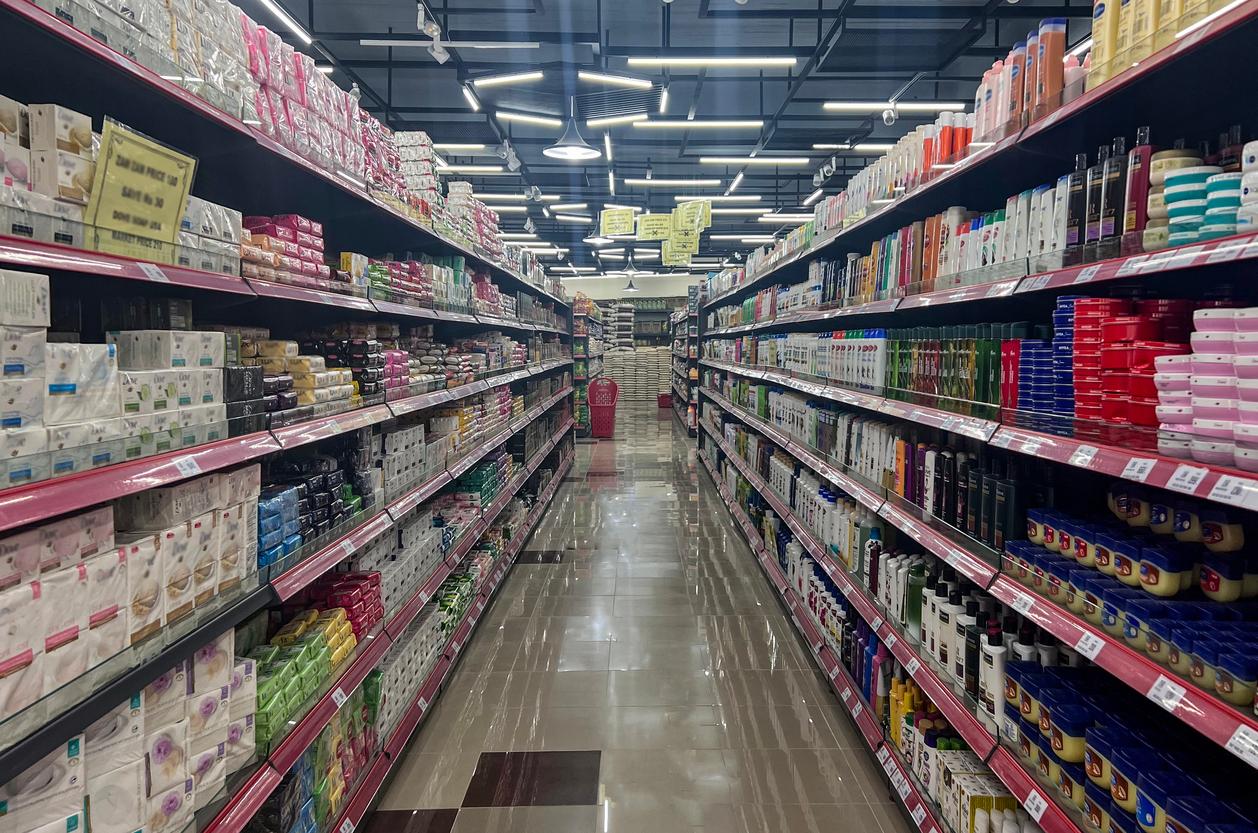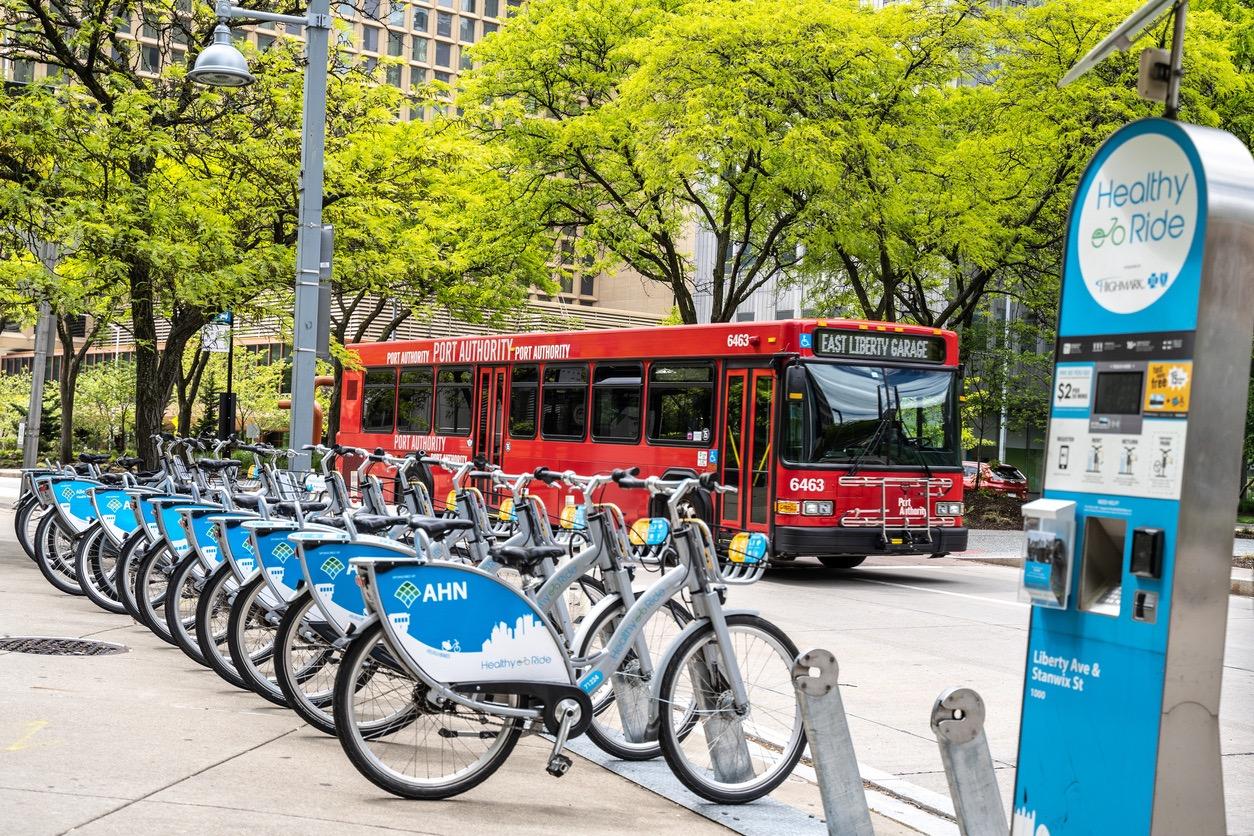Gas Prices Are Going up Again, After a Summertime Slump — Here’s Why
Updated July 25 2023, 5:18 p.m. ET

We’ve watched gas prices drop to extreme lows, surge to all-time highs, and then go back to average. And gas is going up again, as it has been doing steadily throughout 2023 — and everyone is trying to figure out why.
These price fluctuations can be really frustrating for everyday citizens trying to get to and from work in areas that lack reliable public transportation — which, sadly, is a good chunk of the U.S. And this time, oil production cuts and high demand are responsible for the increased gas prices and frustrated consumers.
READ NEXT: This Teen Is Suing Her Home State in a Historic Climate Change Case
Gas prices have been all over the place, but in 2023 they have been increasing.

Both oil production cuts and an increase in demand are causing prices to rise at the pump.
In April 2023, OPEC+ oil producers announced that they would be making production cuts starting in May and lasting through 2023. It’s expected that these cuts will amount to more than 1 million barrels each day, according to the Detroit Free Press.
And as summer goes on, demand for gas in the U.S. continues to steadily increase, as per Reuters. And consumers might notice the consequences of a decreased supply and a higher demand: less supply, and higher prices.
In April 2023, some experts predicted that gas prices would remain high in the spring, but potentially slump in the summer. We have seen that happen — for instance, on June 29, 2023, U.S. gas prices declined every day for a week straight, resulting in a "three-week low," as reported by Forbes via data from GasBuddy. On July 4, 2023, prices remained considerably low, according to CNN.
But as the month of July wore on, gas prices began to rise again.
In July 2023, gas prices made a sharp one-day increase.
On Tuesday, July 25, 2023, the U.S. average price for a gallon of gas increased to $3.64 — 4 cents higher than the day before. As reported by CNN, via AAA data, this is the highest increase in one day since last June. The news outlet also noted that on July 25, gas prices had increased by a total of 8 cents in the last week.
“All of a sudden, things have popped up after a long period of low prices,” Andy Lipow of Lipow Oil Associates told CNN. The oil consulting firm president attributes the rising gas prices to the reduced oil production by both OPEC and Russia, as well the brutally hot summer currently heating up the Northern Hemisphere.
As Lipow explained, hot weather interferes with certain refinery operations, which can limit the production gas and other fuels. The irony here is that drilling for fossil fuels directly causes global heating, which manifests in hot temperatures (among other climate issues), which then interfere with drilling for fossil fuels. Essentially, the fossil fuel industry is hurting itself by merely — rather, persistently — existing. The solution is clear: We must shift to a renewable energy economy.
High oil prices create a variety of different outcomes.

While the high cost of oil might seem like a singular problem to some, it actually comes with some other consequences. We know that about 60 percent of oil consumption around the world comes in the form of fuel, but many don’t realize that the other 40 percent is found in a variety of different products, according to NBC News.
Petroleum is hidden in thousands of everyday products, some of which might surprise you. NBC News explained that it’s in a ton of different items, such as makeup, plastic bags, fertilizer, clothing, and more. This is because many products are either packaged in various types of plastic, or even use petroleum as an ingredient.
A lot of these plastics are made with polyethylene or polypropylene, which have a foundation of ethane and propane — both of which are rising in cost. As a result, the price of these items could likely increase as well, NBC News reported.
Huge and important sectors such as agriculture and health are also affected by high oil prices. Much like the previously-mentioned items, a lot of medical or health products are petrochemical-based, causing these costs to rise as well. The only difference is that consumers might not notice the increase right away.
But that’s certainly not the case in grocery stores — anyone with a regular shopping routine has noticed the ever-changing price tags. Of course, there are many different contributing factors to grocery costs, and rising oil prices is one of them. Large-scale farms typically use industrial fertilizers containing fossil fuels, which first results in higher grain prices and then trickles down to the consumer level, NBC News explained.
It’s possible that surging gas prices could have some good outcomes, too.

If you’re someone who likes to look on the bright side of things, then the rising cost of oil isn’t all bad. When gas prices skyrocket, it can really make people reconsider their lifestyle — all of a sudden, driving just isn’t going to work.
The cost of gas can be a financial burden for many, and when prices get even higher, it can force (or inspire) people to try out different modes of transportation. Maybe someone who lives close enough to work will decide to start walking or biking. Perhaps people with a bit of a journey will choose to ride the bus or carpool.
Unfortunately, not everyone has access to those options in the U.S. In such a car-centric country, public transportation tends to be unreliable or completely nonexistent in some areas. According to the American Public Transportation Association (APTA), 45 percent of Americans have absolutely no access to public transit.
This makes it basically impossible to get around without a car, especially in rural areas. High gas prices might bring attention to this issue and create support for more sustainable modes of transportation.
And for people with the necessary resources, electric cars might move to the forefront of their minds. This might be a great time to start the conversation of getting rid of fossil fuels altogether — if you have an electric car, there’s not much of a reason to worry at the pump. Instead of going along with the sporadic cost of oil, you could simply opt out.
Additional reporting by Sophie Hirsh.
This article, originally published on April 12, 2023, has been updated.